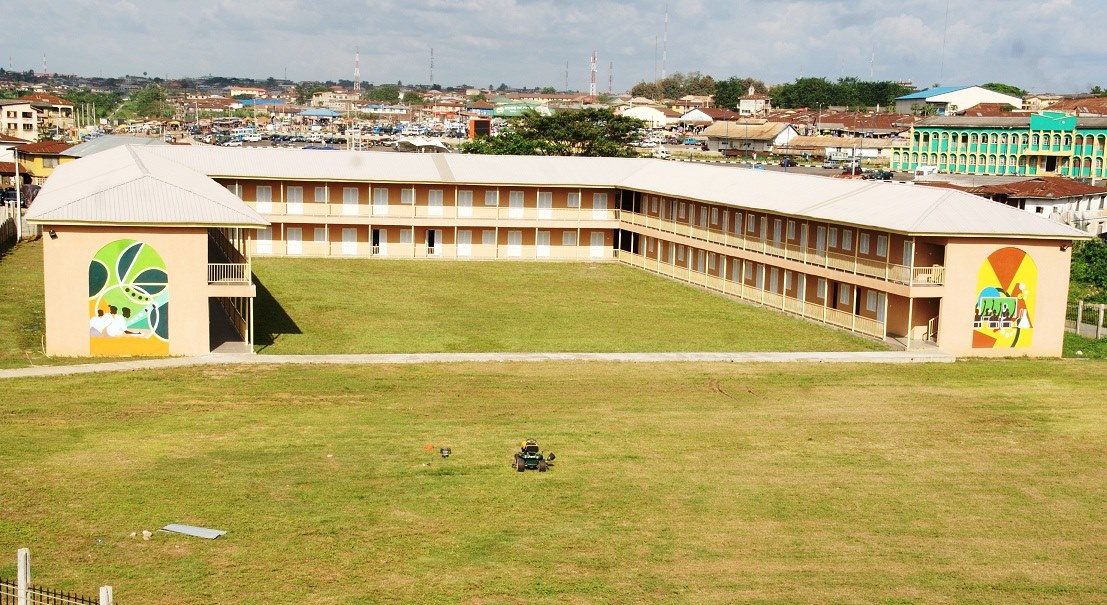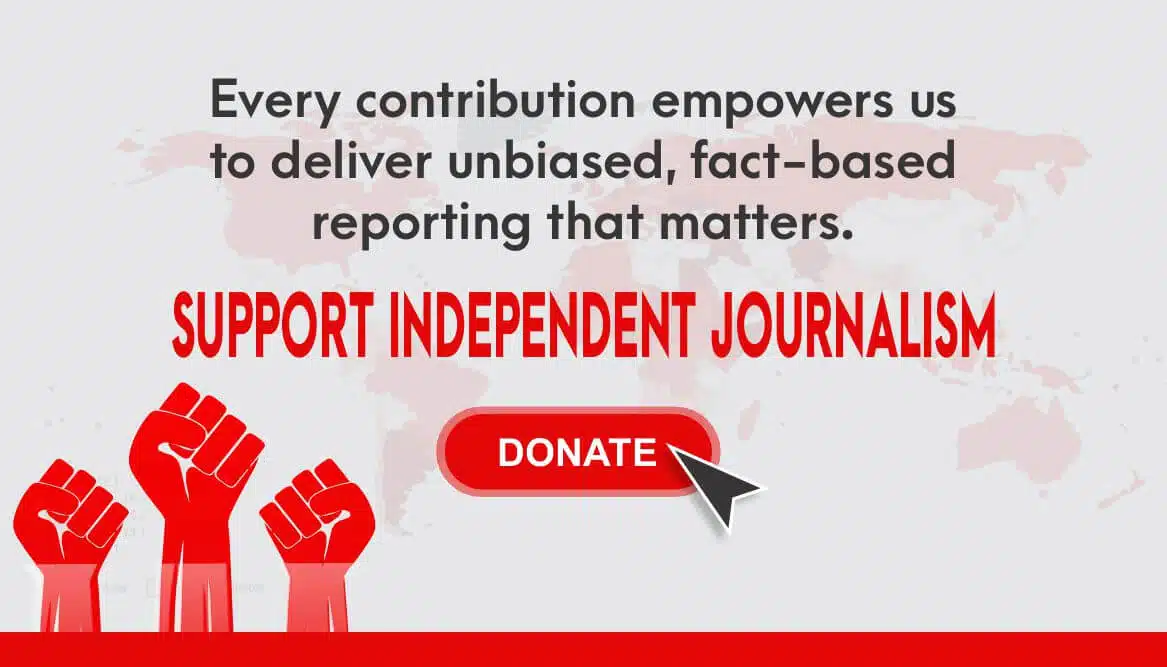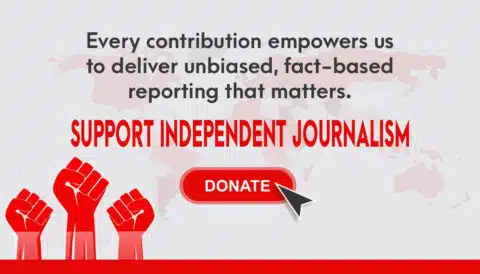
It’s not surprising that opposition political parties are using everything, including religion to blackmail Governor Rauf Aregbesola’s modest educational reform in the State of Osun, few weeks to the election. It is expected and it would have been out of the rules of contest for fellow contenders to applaud their opponents selling points.
In actual fact, the opposition parties, especially the Peoples Democratic Party, PDP has not denied that educational development has taken place in Osun. They only come short of frowning militantly against the school feeding system; the reclassification of schools, provision of free school uniforms for students, Muslim students wearing Hijab as part of their uniform, which in their own opinion contradicts the nation’s educational system.
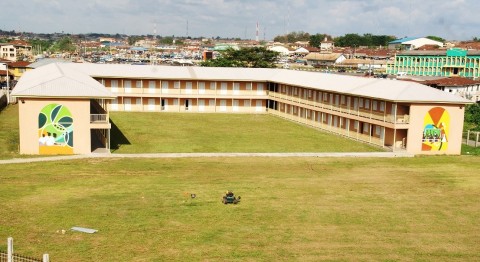
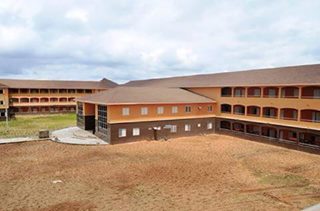
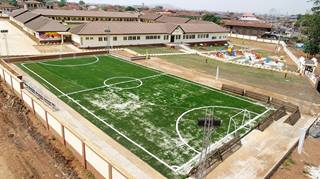
I am also sensing, possibly, that the sin of Aregbesola is that he has come with the determination, never seen in any previous government in the state, to salvage the educational system of the State. Initially, it was dismissed as a joke of the political soapbox. But when they started seeing buildings rising up with modern facilities, they became jittery of what would become of the fate of their own private schools. The governor is now seen as a man possessed with a strange spirit that has to be exorcised.
Instead of applauding the innovative way of implementing the country’s educational system of 6-3-3-4, with a sustainable concept of empowering the children beyond literacy to the level of practice in global education standard and self-empowerment, Governor Aregbesola is being vilified for his practical modern that has revamped the sector and lauded by UNESCO; the world body that sets education standards.
In a rare appraisal of the Governor’s achievement in the area of education, the United Nations International Children Emergency Fund (UNICEF) Nigeria Representative, Ms Jean Goueh congratulated Governor Rauf Aregbesola for piloting the state towards education for all. “UNICEF singled out Osun State for recognition as a result of the state’s educational Development and other social protection policies being implemented by the governor. “Several countries of the world and parts of Nigerian states who are still battling with how to go about enrolling kids into schools should learn from the Osun State’s feeding programme that brought about monumental upsurge in the enrolment of school children.
“This idea of governance, driven by human needs should be transported to other countries of the world to make the desirable change and impact the UNICEF craves across the globe, especially now that millions of children of school age are hawking on the streets of Nigeria. “The policies of the this administration has strengthened the weak for meaningful life. “The O’YES programmes should be back and strengthened by legislators so as to integrate the policies and programmes that will outlive the tenure of the governor”, Ms Jean Guoeh said.
The school reclassification process is to automatically lead to changing of the known nomenclatures of Primary school, JSS 1-3, and SSS 1-3 to create Elementary, Middle and High schools without affecting 6-3-3-4 Nigerian educational system. The elementary school will take primary 1-4; the middle school will absorb primary 5-6 and JSS 1-3; while high school will have SSS 1-3. The elementary school absorbs the pupils in the age category of 6-10 years and they are now being fed free by the government.
The structures that are built for this grade are cited within the neighbourhood and they are not only provided with the state of the art facilities but have each the capacity of 900 pupils at ago. Middle school which has the capacity of 900 to 1000 will have the age range of 10-14 years and it is cited within the maximum of 2-3 kilometres radius. This also will be supplied with standard facilities, far and above those in the elementary schools. The high school, however, is for those in the age range of 15-17 years and will have capacity of 3000 because it will be a large complex containing three schools, meaning each school will have capacity for 1000.
This is another conscious way of playing politics with the education and destiny of the children in the state. For the records, there has been wearing of Hijab before, during and after Prince Olagunsoye Oyinlola’s administration as the Governor of Osun. Hijab became an issue during Governor Oyinlola ‘s administration when the Christian communities resisted Muslim students wearing Hijab to Christian schools. The Muslim communities instituted court action against the government with the intention of having their kids where hijab as part of their uniform to school. Till date, the case is still at the High Court, waiting for adjudication.
Governor Aregbesola has cautioned repeatedly that religious tolerance is when a thousand flowers of religions can blossom together and this has happened in the state without any earthquake in the past. Ogbeni is of the view that the sky is wide enough for the millions of religious birds to fly together without any clash. This has accounted for the atmosphere of religious peace in the State of Osun.
In essence, there is an urgent need to appraise the past. What was the state of education as directed by the predecessor of Aregbesola? A cursory check shows that most public schools then were P.T.A-run. It was the parents’ body that employed teachers for the schools, most of whom were secondary school graduates. They were paid seven thousand naira as salaries and classically called P.T.A-teachers. Parents provided chairs and tables for their children to use at schools.
Most often, for the lack of security, the pupils carried the chairs on their heads in the morning to their respective schools and to their homes after closing hours in the afternoon. The parents also had certain amounts they contributed to the schools as development fees. The contributions of the then government were one or two blocks of buildings of low standard in each schools and the payment of salaries to a handful of regular staff. Since there was no provision for toilets or latrines, the pupils eased themselves around the school compounds. By the time the government was packing its bag and baggage in 2010, after seven and half years in the saddle, most of the buildings had become dilapidated and the school surroundings were in total shambles.
Today, the story is different. The high schools have staff quarters, school managers, boarding and modern sporting facilities etc. The pupils of this level are those being given free computer tablets known as Opon Imo. Curiously, all these schools have been provided with medical centres, standby power generating sets, instructional materials and customised exercised books.
However, the simple and major aims of the policy are to group together, in classes, the pupils of same age bracket with each class containing as fewer as possible for easy learning. The proliferation of mushroom schools are gradually becoming a thing of the past with standard and well-equipped schools for all ages. As a result, the scarce resources of the government is no longer over-stretched in an attempt at providing necessary teaching tools and aids for different categories of pupils. More importantly, the government has uplifted the standard of public schools to an elegant standard fit for learning and teaching. These and many more are what the reclassification portends for the people of Osun.
But the political hawks in the PDP and Labour Party who want the good governance of the APC supplanted for politics of retrogression and banditry governance are determined to upturn the gain of the last three and a half years of Governor Rauf Aregbesola’s administration. We only hope that the good people of Osun who are direct beneficiaries of the grand performance of Governor Aregbesola will turn down the enemies of the State at the poll, come August 9th.
Erasmus Ikhide wrote in from Lagos, Nigeria.

